How Israel Could Destabilize Iran
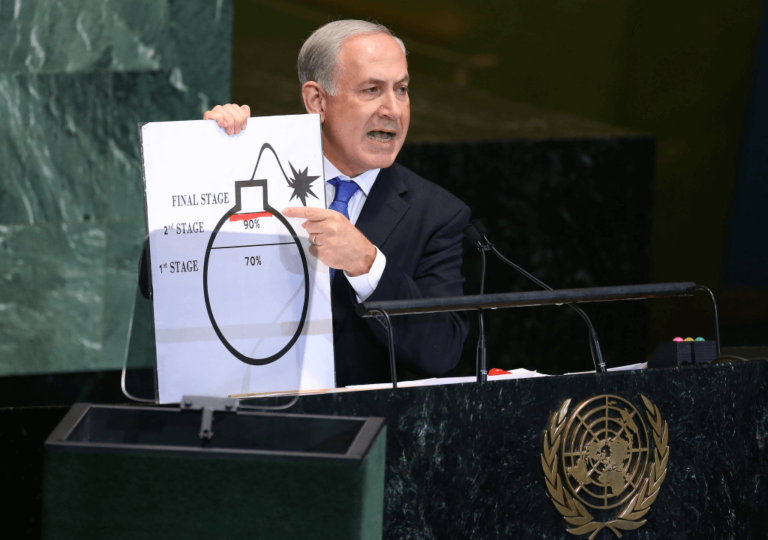
Iran faces potential fragmentation as Israel escalates its military strategy against the Islamic Republic, risking broader conflict

Iran faces potential fragmentation as Israel escalates its military strategy against the Islamic Republic, risking broader conflict
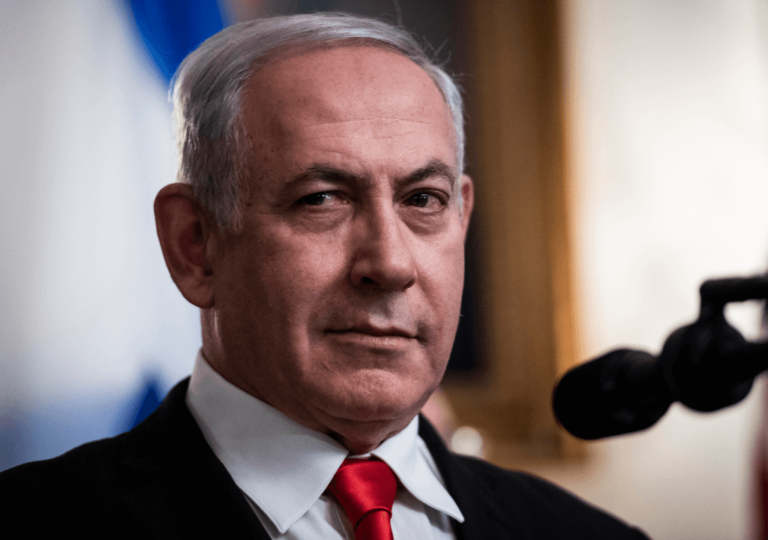
Tensions between Israel and Iran escalate as missile attacks raise fears of an all-out war, impacting regional stability
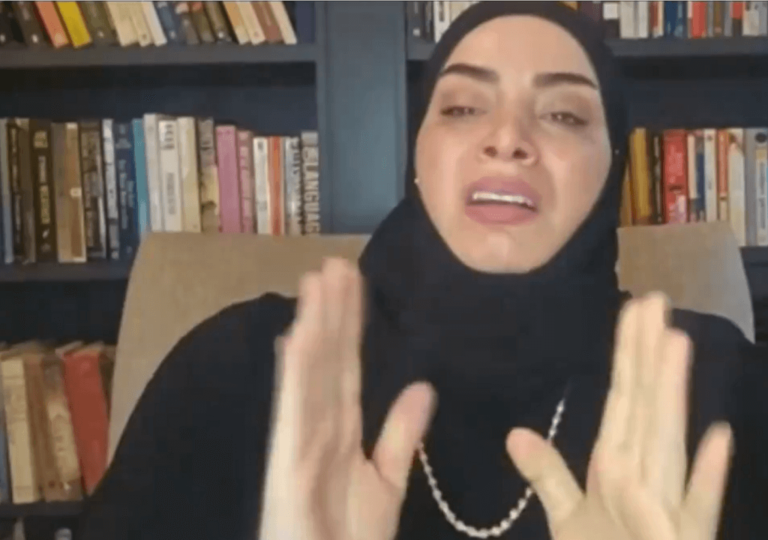
Hamas, Hezbollah, and the Houthis face collapse as Israel's military campaign targets their leadership and infrastructure
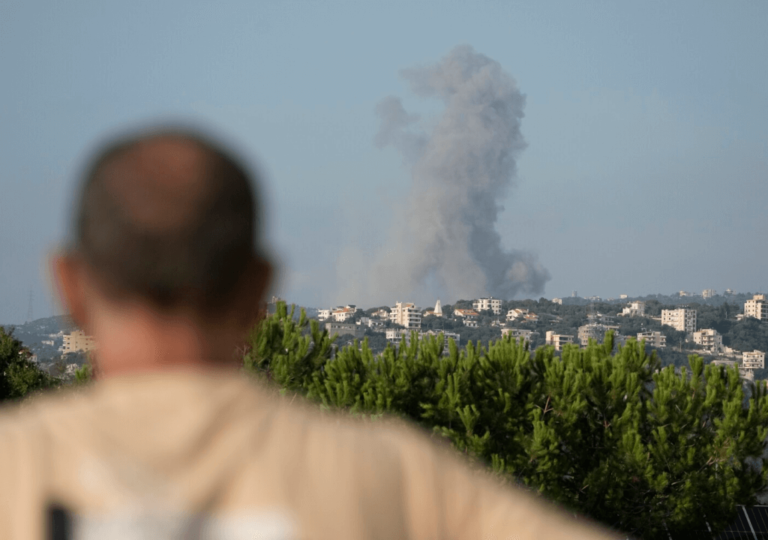
Israel intensifies its military campaign against Hezbollah, resulting in over 500 casualties in Lebanon amid growing conflict
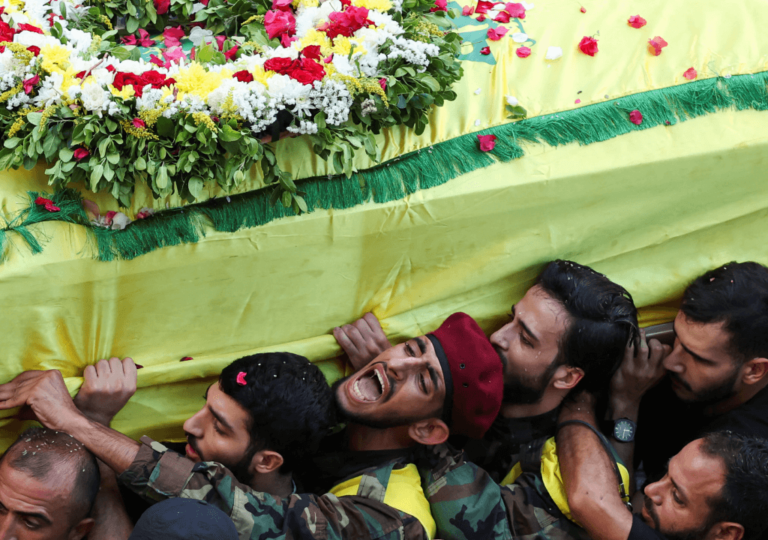
Lebanon faces chaos after deadly explosions from Hezbollah devices, killing at least 32 and injuring over 3,000
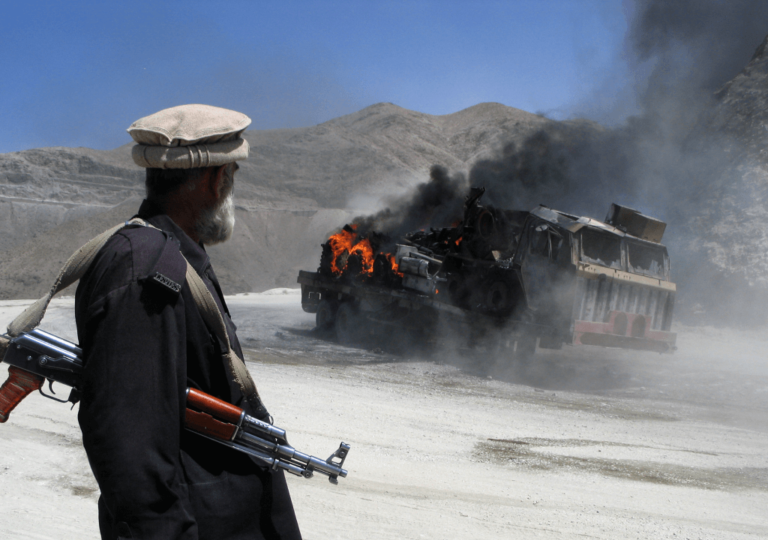
The demand for an independent Balochistan, a state for the Baloch people, has led to conflicts with Pakistan since 1948
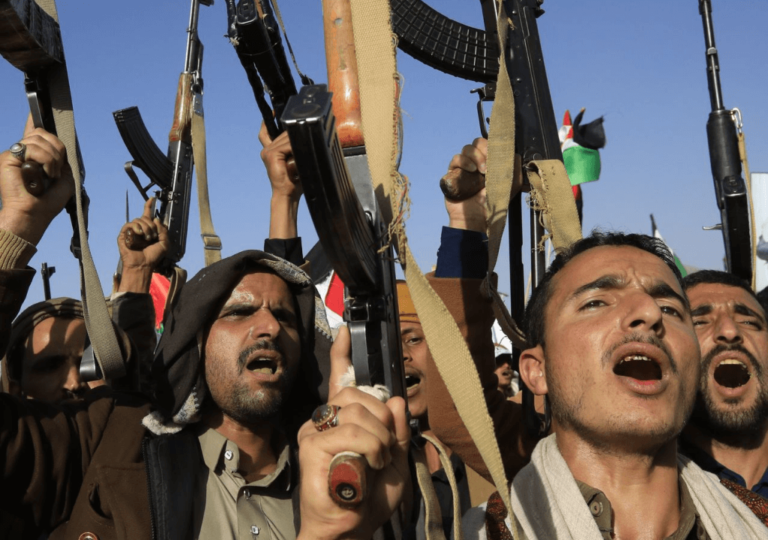
The Islamic world lacks a superpower to challenge Israel due to U.S. dominance and weakened regional leadership
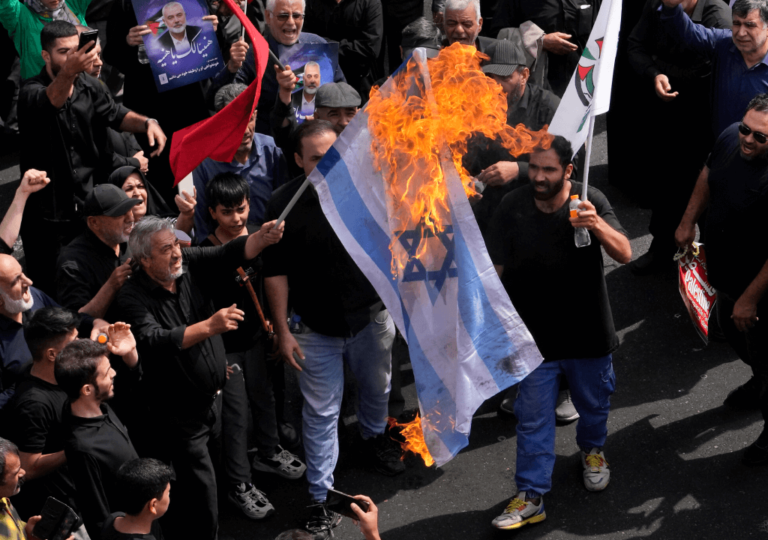
Iran feels humiliated after Israel's assassination of Hamas leader Haniyeh in Tehran
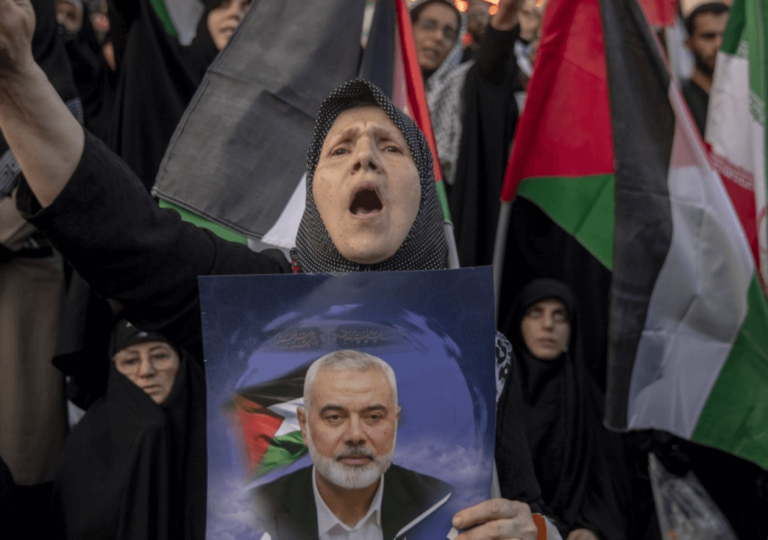
Israel dealt severe blows to Hamas and Hezbollah, killing key leaders amid ongoing conflict
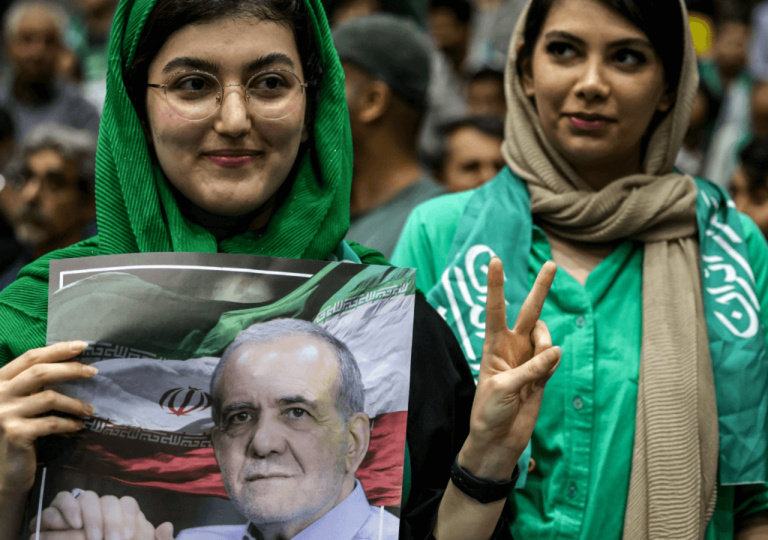
Reformist Masoud Pezeshkian wins Iran's presidential election, pledging change despite challenges.